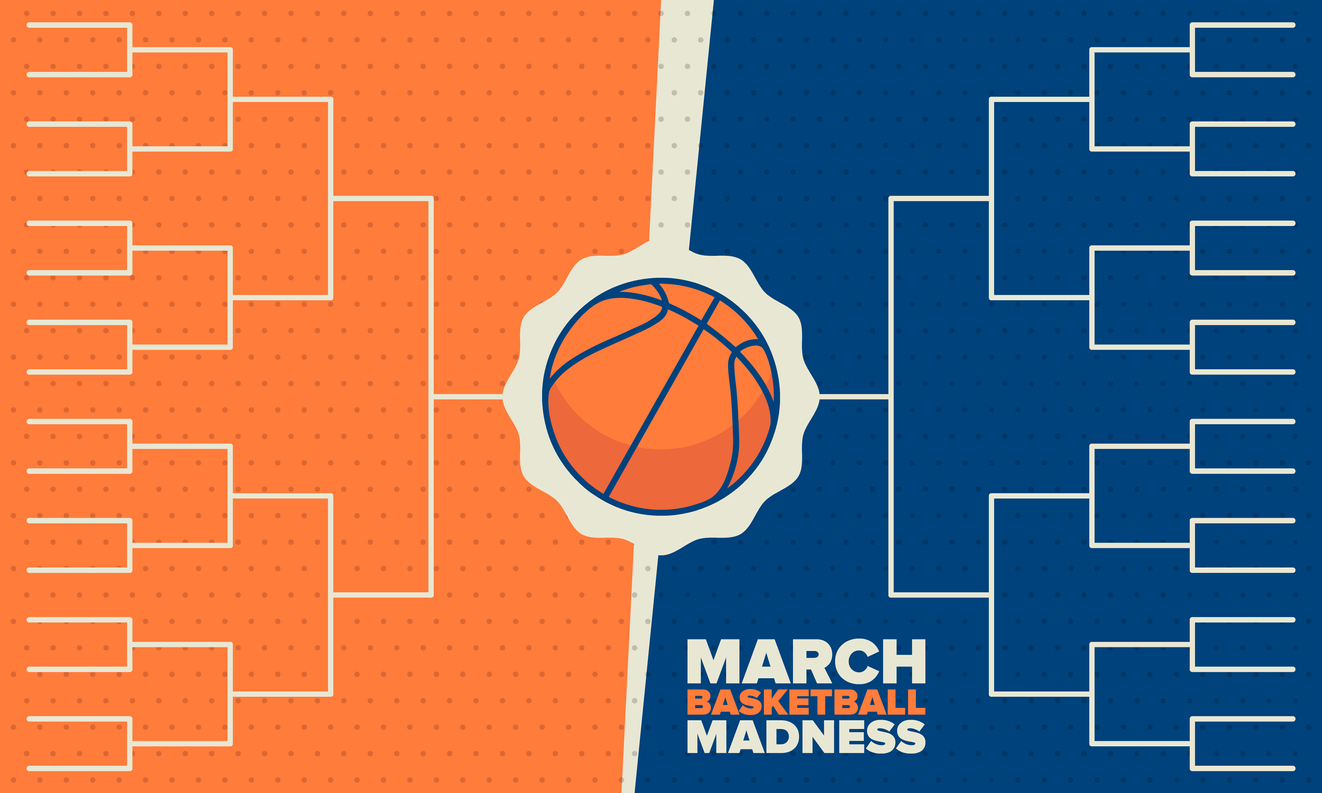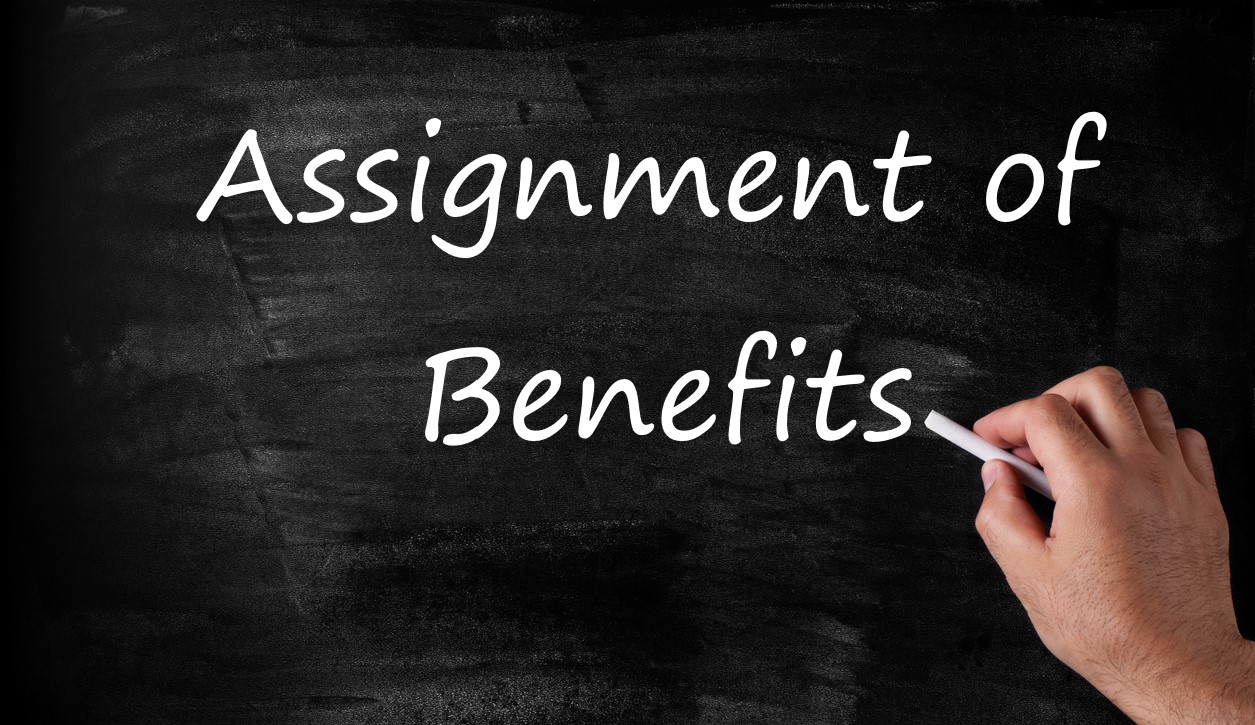Over the past few days, many enjoyed watching what’s been dubbed March Madness. The 64-team college basketball tournament usually draws a massive and lucrative following. People who don’t allocate any time watching basketball during the year will often time tune in to watch all of the madness that March has to offer.
Last March, there was a different madness that we are still enduring today. COVID-19 produced some of the most troubling times many of us will face in our lives. It did not discriminate who it effected. The effects of the pandemic started a little over a year ago and one of the biggest news stories at the time was that the NCAA men’s basketball tournament getting cancelled. I didn’t think much of it last year besides the fact that I didn’t get to enjoy the endless amounts of basketball. But, since becoming an attorney and dealing with insurance coverage issues every day, my view has changed, and it got me wondering what the repercussions of such an event cancellation were.
Canceling the 2020 NCAA Tournament unleashed a financial downturn in college athletics still being felt today. A financial hit some contend didn’t have to be so severe. It saw employees in the athletic departments lose jobs, games cancelled, and even some sports cancelled entirely. Stanford cancelled eleven of its non-major sports in 2020. But by the end of June 2020, NCAA executives knew that a crucial lifeline, one burrowed in the black-and-white language of five insurance policies, would soon come through: $270 million in cash — among the largest pandemic-related payouts in all of sports.1 Insurance is one of several ways the NCAA has sought to manage its pandemic-related losses. They paid a little more than $2 million for $270 million in coverage, a premium in line with the industry’s standard of anywhere from 0.5% to 3% of the amount covered.2 The policies backed up a sum roughly equivalent to the tournament’s ticket sales and about one-third of its media rights, which are imperiled when an event is not held.
Insurance taken out to cover cancellation of the tournament didn’t come close to accounting for the $800 million in revenue produced by the event. Nor was it was meant to. Insurance covered only $270 million. “What [the NCAA] received is the largest event cancellation payout in the history of event cancellation,” said John Beam, the broker of the policy held by the NCAA. The NCAA contends that its policy represents an industry standard and is considered best practice. Others disagree. The current three-year agreement ends after this year’s tournament.
The organization’s insurance, which spans multiple policies, includes communicable disease and pandemic coverage—a rarity for business interruption policies. The same coverage is in effect for the 2021 Division I men’s basketball tourney. Nathan Nicholas, the chief executive of Nicholas Hill Group, a Colorado Springs firm that works on insurance issues with groups like U.S.A. Cycling and Running U.S.A., said that a year and a half ago, disease coverage was only sometimes a pivotal concern. “Pandemics,” he said, “were a bit of an afterthought,” so much so that at least one major provider used to offer free coverage for communicable diseases.3
The NCAA’s insurance payout is perhaps the largest for a pandemic-related event cancellation ever. In April of 2020, organizers of Wimbledon said they would receive $141 million for canceling that tournament-about half of their estimated loss. And with pandemic policies now largely unavailable, or extraordinarily expensive when they can be found, events that did not already have coverage for 2021 may be at risk of financial collapse if they cannot be held.
Other businesses, including some in the sports industry, have clashed with their insurers over the precise protections of their policies. According to Covid Coverage Litigation Tracker, a University of Pennsylvania law school project, businesses have filed more than 1,400 civil cases over various kinds of policies. The specialized insurance policies, which cover cancellations because of communicable disease outbreaks, have historically been scarcely noticed but have proved crucial for parts of the sports world to weather the pandemic.
Contrast the NCAA’s payout with the other COVID-19 Complaints across the country and you will see a vast discrepancy. The federal court’s selection committee isn’t letting much through.4 federal courts have dismissed over 90% of the COVID business interruption claims that have been filed since last year. This makes the few that do survive motions to dismiss, the true Cinderella Story. With each new lawsuit filed, plaintiffs take on a true survive and advance mentality as they wait for their lawsuit to take on the bracket. Every case is on the bubble and risks being knocked out of contention, just like March Madness.
Insurance is typically a coldly rational business that seeks to forecast every eventuality and capitalize on it. In the past two decades or so, experts noted, the world grappled with an assortment of outbreaks that did not prompt a near-total shutdown of sports and businesses worldwide. If pandemics like the current one are seen as a once-in-a-century exception, they said, insurers are likely to look to profit off policies during the other 99-years.
All in all, COVID-19 business interruption claims have so far provided few opportunities for businesses seeking financial recourse to cut down the net at the end of the day.
_____________________________________________
1 https://www.nytimes.com/2021/02/26/sports/pandemic-insurance-2021-ncaa-sports.html
2 Id.
3 https://www.cbssports.com/college-basketball/news/ncaa-to-pay-entire-613-million-revenue-distribution-to-members-if-ncaa-tournament-completed-in-entirety/
4 https://www.huntonak.com/en/covid-19-tracker.html




